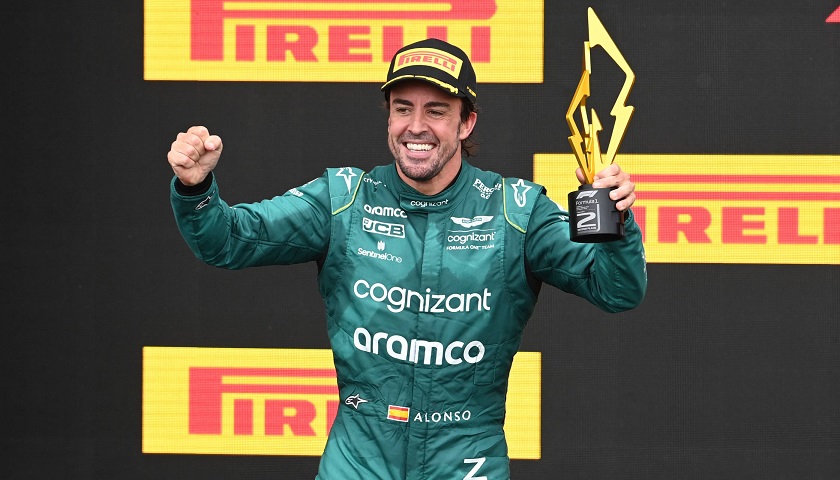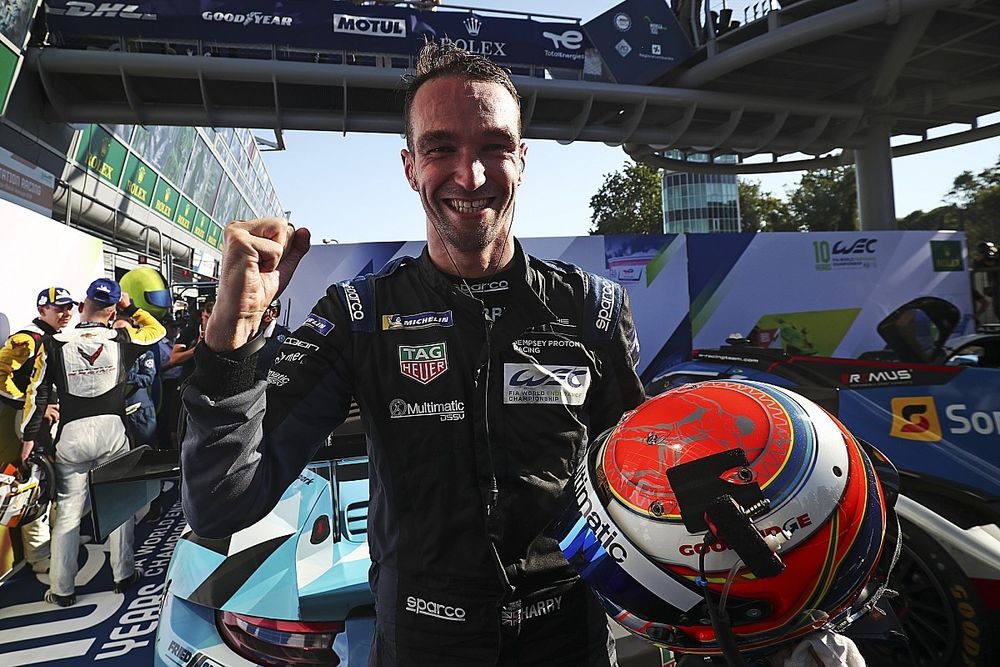Play Podcast: 10-22-24f1weekly1066.mp3
The hardest working man in Formula 1® Nasir Hameed is back from Austin Texas with a fully loaded goody bag and, F1 backstories that need to be told. Motorsports Mondial has all your global racing news including, our interview this week with Sports Car driver Harry Tincknell from the Petit Le Mans series at Road Atlanta.

HERE IS THE MEXICAN GRAND PRIX PREVIEW:
MAX:
We made some good steps in Austin and we need to keep this momentum heading forwards
Mexico is always a great race and, of course, it is Checo’s home race so is always an incredible atmosphere. The track is at such a high altitude, which you do need to adjust to a bit more, but we have historically done well here and I have always enjoyed driving at this track. We made some good steps in Austin and saw some promising improvements with the car, but it wasn’t quite enough for the Race.
The Team are working hard to iron out these issues, but ultimately it was a step forward in the right direction and to win the Sprint was a boost for the Team. We are heading into the second race of the triple header so it will be about keeping this momentum heading forwards and continuing to gain crucial points in the Championship.

CHECO:
I will do everything I can to make my country smile come Sunday evening
Mexico is the biggest weekend of the season for me and every year it seems to get bigger. Even in Austin I felt like I was at home, so I think this week might be a little crazy! The important thing is to be able to shut out the noise off track and focus on the job in hand. Ultimately, the special thing for me would be to deliver another podium for my fans and my country, at home. The car was coming to us a little over the weekend in the US, but there’s still a lot we need to understand. I was struggling a little with balance and we need to iron out those issues to be competitive on a very different track in Mexico City. I will do everything I can to make my country smile come Sunday evening.
FERNANDO:
This is your 400th race weekend as an F1 driver. What does reaching this landmark mean to you?
“It’s nice to achieve. Obviously, championships and race wins are what matter most to us as drivers but, at the same time, it shows my love for the sport and the discipline I’ve had to perform at a very high level for more than 20 years.
“In that time, I’ve achieved what every racing driver dreams of doing: becoming World Champion, and I’ve had some incredible experiences racing against some of the best drivers in the world on the greatest racetracks.
“I don’t think I’ll be adding another 400 to my total, but hopefully I’ve got at least another 40 or 50 more races to come in the next couple of years.”
You’ve competed in 21 seasons of F1. Are there any secrets behind your longevity?

“I think modern F1 is easier on the body than previous eras and that allows you to compete for longer.
“Of course, it’s still a huge physical challenge, but the technology in F1 has changed so the cars are a little friendlier to the drivers. Seat comfort, safety equipment, helmets – everything has evolved into a better place.
“The pace of the cars on Sunday is kinder to us than in the past as well. These days the cars start the race with full fuel, and we have to save tyres and energy throughout a race, so we’re not at the full performance of the cars for long durations.
“The only really physically demanding time in the weekend is normally Qualifying and that’s very short, so I don’t have a problem keeping up with the youngsters in terms of physical condition.”
What keeps you motivated after more than two decades of racing in F1?
“I love F1 and racing as much as ever. I love competing and pushing to get the best from myself every single day. I’m looking for that extra one per cent all the time to keep improving.
“There’s more I want to do in this sport and the project we have here at Aston Martin Aramco is exciting.
“We have a new era of regulations coming up in 2026 and that presents fresh opportunities with partners like Aramco and Honda, and people like Adrian Newey joining.”
What are the biggest things you’ve learnt since you joined the sport?
“You learn to not get too high or too low with different results over the years and to move on quickly from the previous race regardless of result; there’s always another challenge. This sport is so fast-paced you don’t have time to look back.
“It’s also crucial to have a great team around you because F1 is a team sport as well as an individual sport, and without having that over the years I couldn’t have achieved the success that I have.”
How excited are you to be racing in Mexico this weekend?
“I always enjoy racing in Mexico. The fans are so passionate here and they create an incredible atmosphere – and many are usually wearing Aston Martin Aramco Racing Green.
“It’s a historic track, and the Foro Sol stadium section at the end of the lap is one of the most iconic places you can drive an F1 car.”
Mexico City sits more than 2,000m above sea level, providing a unique challenge to both driver and car. What effect does the high altitude have on both?
“As drivers, we try to train in special facilities that can replicate high altitude in the build-up to the race so our bodies are as prepared as possible. The higher altitude means there’s less oxygen available and our bodies have to work harder.
“On the car, thinner air means drag is heavily reduced so we reach higher speeds on the straights, but we use wings similar in size to what we’d use in Monaco because there’s also much less downforce.
“The power unit works harder because there’s less oxygen available for it to draw in, and less air is also passed through the radiators, air intakes and ducts which results in reduced cooling, meaning things run hotter or require much larger ducts so they can be cooled.”
